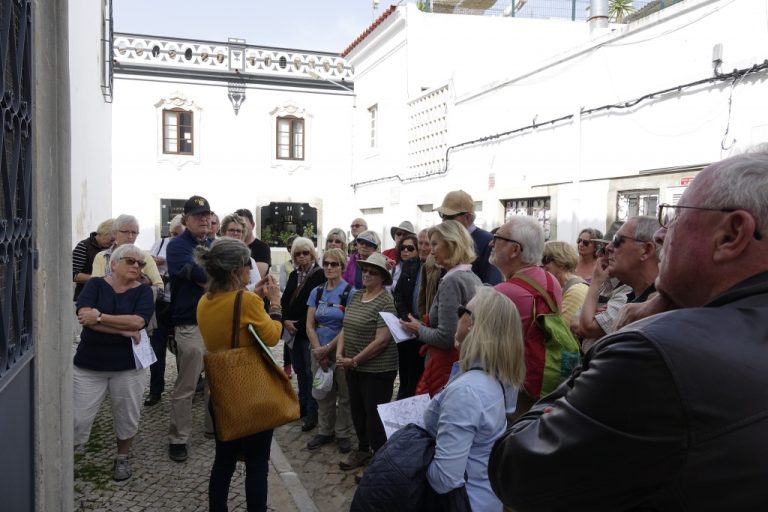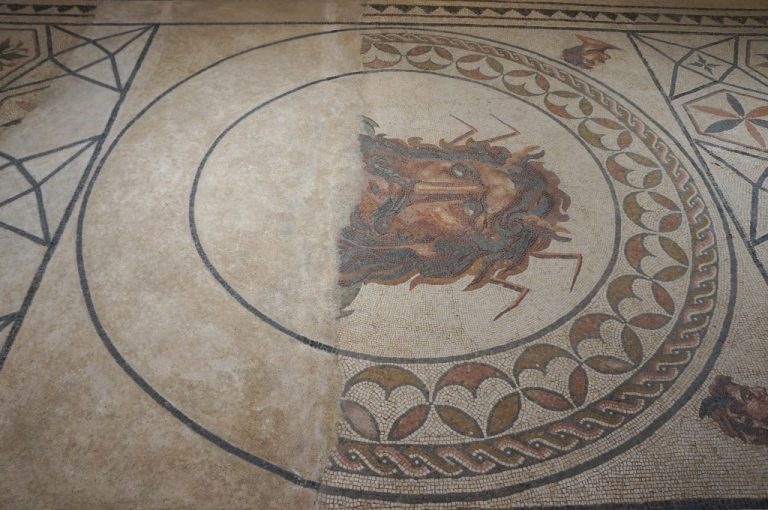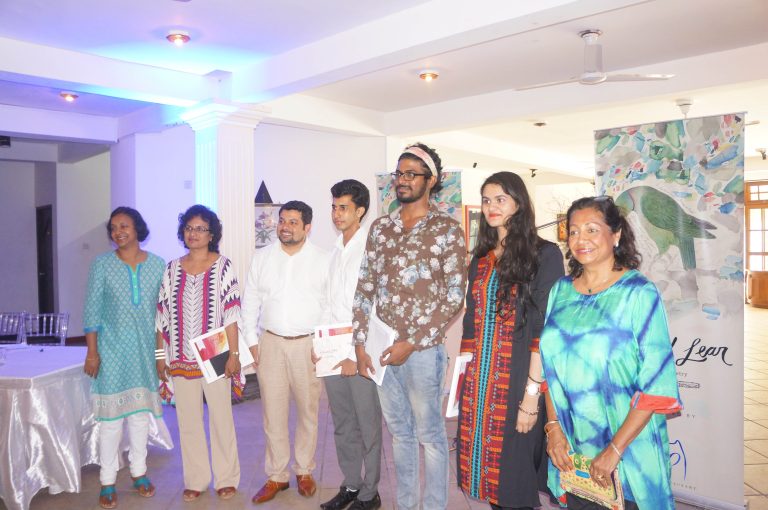Knitting, Kaffe, and old patterns
I knit. I knit less these days, but when I do it is gloriously satisfying. I learned as a child the intricacies of plain, purl and pass the slip stitch over. My stash of wool is more than I could ever knit up. It is a kind of unformulated security blanket that sits in a large plastic box. I have metal and bamboo pins along with a prized set of Knit Pro interchangeable needles. I drool over colour and buy wool with the intention of making something, but my stash is a testament to the desire being greater than the action. My knitting hero is Kaffe Fassett.
A few years ago, I was in Sao Bras Alportel on my way to interview a Portuguese woman Sra Valentina about her cake shop. I stopped off at the Museum and was returning to my car when I noticed a young man with a wheelbarrow, putting paper into the recycling bin. I am not sure why I went and looked, but the papers were coloured and old, and I thought perhaps there might be a treasure in the pile.
The young Portuguese man explained that he was disposing of his grandmother’s knitting and crochet patterns. I was horrified. I asked for them all and he willing wheeled the barrow over to my car, and the boot was filled with what remained. Not all the paper treasures were patterns. When I returned home, I sorted through to see what now needed a new home.
 A tired set of knitting and crochet patterns from the 1950’s – 1980’s were discovered. I will probably never knit one pattern from this pile, but they are now part of a collection of old patterns that I have been adding to since a child.
A tired set of knitting and crochet patterns from the 1950’s – 1980’s were discovered. I will probably never knit one pattern from this pile, but they are now part of a collection of old patterns that I have been adding to since a child.
Patterns from the 1950’s and 60’s used few colours and utility was the focus. Many of the Portuguese patterns are for cotton table covers.
Some of the A3 patterns open up into large paper designs, offering not just knitting and crochet patterns, but also embroidery and sewing templates.




What early patterns, both British and Portuguese have in common is the lack of colourful yarn. This was to change in the 1960’s and 70’s and that is partly because of the colour pallettes of Kaffe Fassett, a designer born in San Franscico, California in 1937. He settled in England in the 1960’s. His biography says:
“He ventured into the world of colourful yarn on a visit to a Scottish wool mill with fashion designer Bill Gibb. Inspired by the colours in the landscape, Kaffe was thrilled to find the same colours in yarns. He bought 20 colours of Shetland wool and some knitting needles, and on the train back to London a fellow passenger taught him how to knit. His first design appeared as a full page spread in Vogue Knitting magazine.”
He creates art using many colours and detailed designs. His biography “Deaming in Colour” came out in 2012.
In 1988, Kaffe became the first living textile artist to have a one-man show at the Victoria & Albert Museum. His use of colour is instinctive and this has made him somewhat of a guru in the use of textiles, tapestry and quilting. Influenced by porcelain, old mosaics and the colour mix of Persian carpets he uses a rich palette of colour and no fancy stitches. Since 1981, he has worked closely with Rowan. Also working for Rowan is another colourful guy, Brandon Mabley and he is the Studio Manager of the Kaffe Fassett Studio
I went onto Kaffe’s website today and discovered a new video feed section. In 2015, he celebrated “50 years in Colour” with an exhibition at Aberdeen Art Gallery.
In a video made for the event, he talks about colour, making colour your own and not panicking when things go out of fashion. I am delighted to see so many inspirational designs recorded for posterity. I suppose this means – you should never throw a pattern away!



Wonderful writing. I like the content. Thank you!